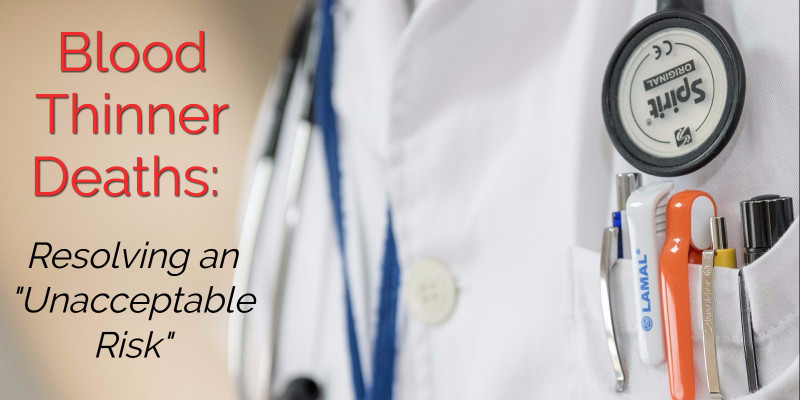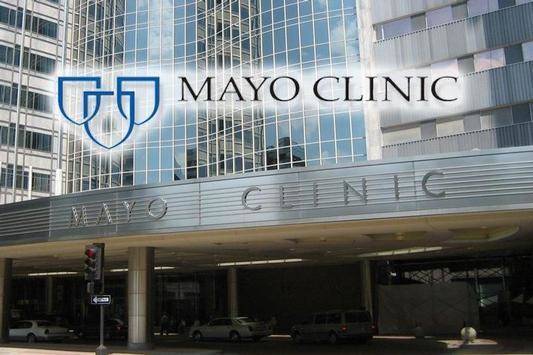
Blood Thinners Associated with 3,000 Deaths in 2016
More than one million “adverse events” related to drugs were reported to the FDA in 2016. Among this overwhelming number, around 22,000 complaints concerned oral anticoagulants drugs like Xarelto, Eliquis, and other familiar brand names.
Even more concerning is the fact that this class of drug, more commonly known as blood thinners, were associated with reports of more than 3,000 deaths in 2016. Adverse events related to hemorrhages make up the bulk of these reports.
While the risk of bleeding inevitably rises for patients using this kind of drug, the danger is becoming a major concern for medical professionals and observers in the healthcare sector. In its annual report, the Institute for Safe Medication Practices (ISMP) specifically calls out oral anticoagulants as an “unacceptably high risk” to American patients.
Another study, released by the Center for Disease Control (CDC) late last year, revealed that blood thinning drugs in this class are associated with more adverse events during emergency outpatient visits than any other group. This includes headline-grabbing classes such as non-abuse opioid cases and regular antibiotics.
Almost half of these adverse events related to anticoagulants necessitated a stay in hospital following patient admission.
Emergency admissions for anticoagulant-related events have doubled over the last decade, according to that same CDC measure. Furthermore, adverse event measurement is based on a reporting mechanism that many industry observers find to be flawed.
The FDA Adverse Event Reporting System (FAERS) is often held up as an example of the pharmaceutical sector underplaying the dangers of its products to patients. CDC figures suggest that blood thinner-related harm to patients could be up to 10x worse than the FAERS reports indicate, making it all the more urgent for lawmakers and healthcare providers to sit up and take note.
Returning to the ISMP report, its creators have defined five steps that stakeholders should take to reduce the danger that blood thinners pose to patients. These are:
- Improve availability of antidotes for blood thinners in this category.
- Provide clear guidance for treatments that combine anticoagulants with other medication, especially for older patients.
- In the specific case of Xarelto, review the dosing schedule against other drugs that can be just as effective with fewer risks.
- In the case of Pradaxa, establish therapeutic ranges that flag any patients likely to be excessively impacted by the drug’s effects.
- Curb over prescription of blood thinners, particularly when used to treat atrial fibrillation and elderly patients who have a greater risk of bleeding.
While many of these steps have been mooted before, the numbers underlying the recommendations should give them renewed importance. For the sake of patients taking such high-value yet high-risk drugs like blood thinners in this category, providers and regulators need to be at the forefront of this movement.



